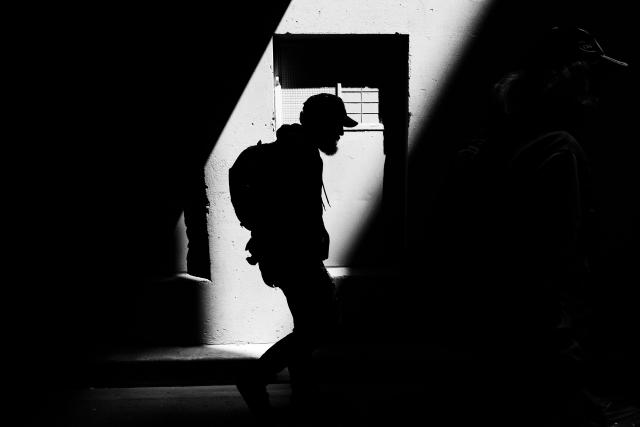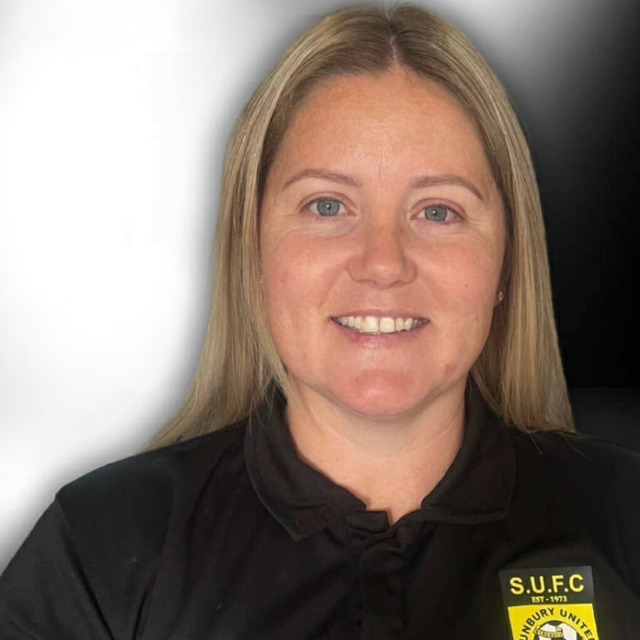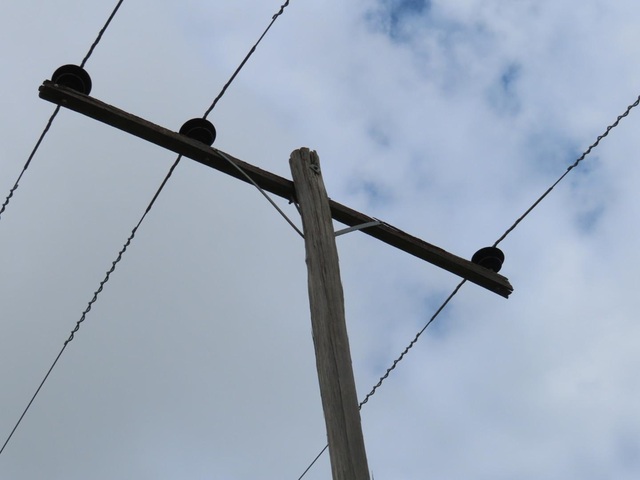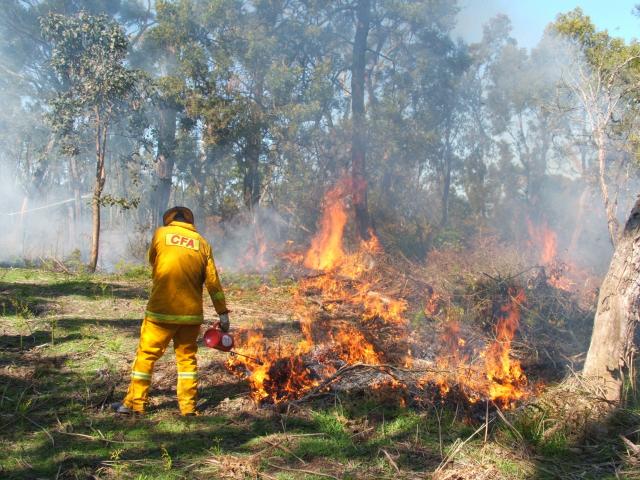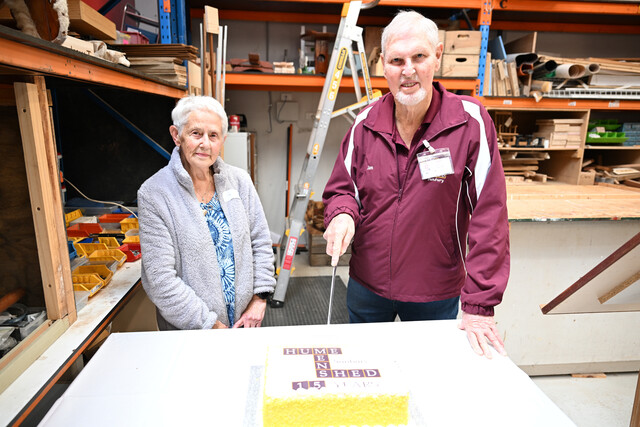The state announced its new suicide prevention and response strategy, which will establish a government and community-wide response to suicide in Victoria and elevate suicide prevention and response in government decision-making.
The ten-year Victorian Suicide Prevention and Response Strategy was a key recommendation of the Royal Commission into Victoria’s Mental Health System.
Acknowledging the wide-ranging factors of suicidal distress, like economic stress and family violence, the strategy is supported by an implementation plan that outlines a whole-of-government and community-wide approach.
Mental Health Minister Ingrid Stitt said that suicide has long-lasting and far-reaching effects on communities.
Parliamentary secretary for mental health and suicide prevention Tim Richardson said that lived-experience was valued in the strategy.
“Victorians with lived experience and their families [are] at the heart of this strategy,” Mr Richardson said.
Developed with assistance from clinicians and experts in the mental health sector, the strategy also includes the input of people with lived experience.
While reducing suicide is the strategy’s main goal, it also aims to address and reduce factors that contribute to suicide such as childhood trauma, economic stress, harmful drug and alcohol use and family violence, as well as focusing on increasing social inclusion and connection to culture.

